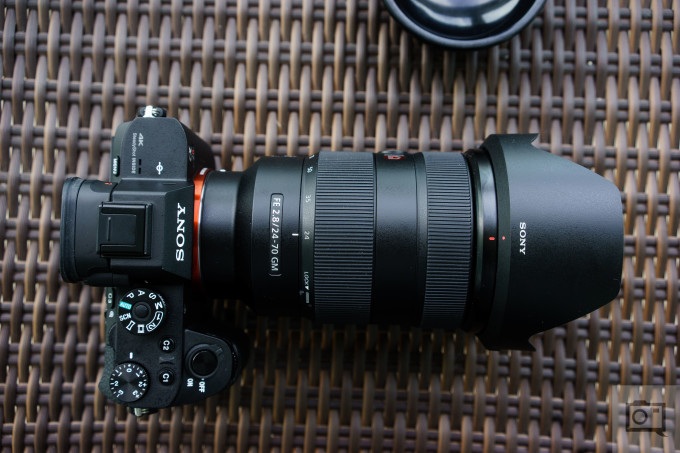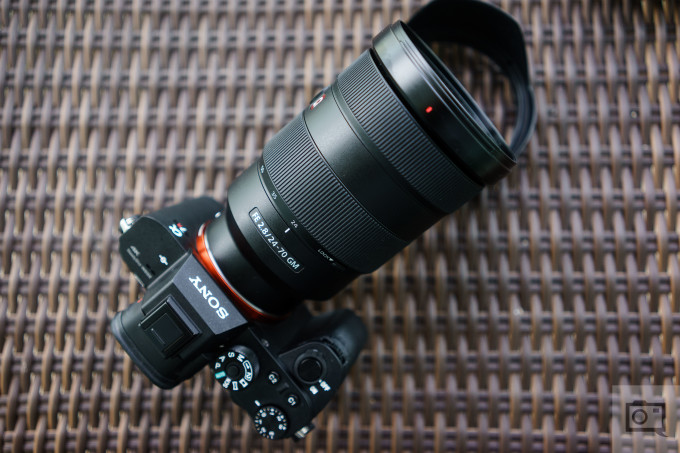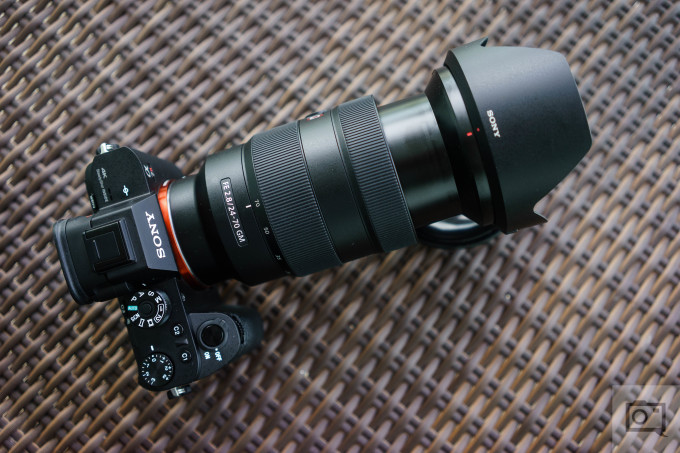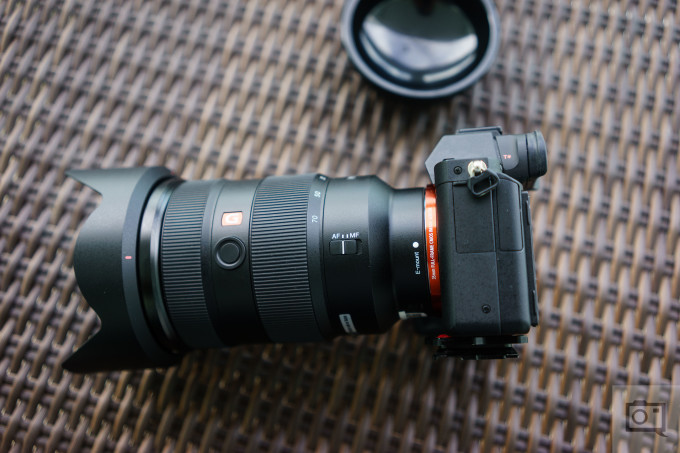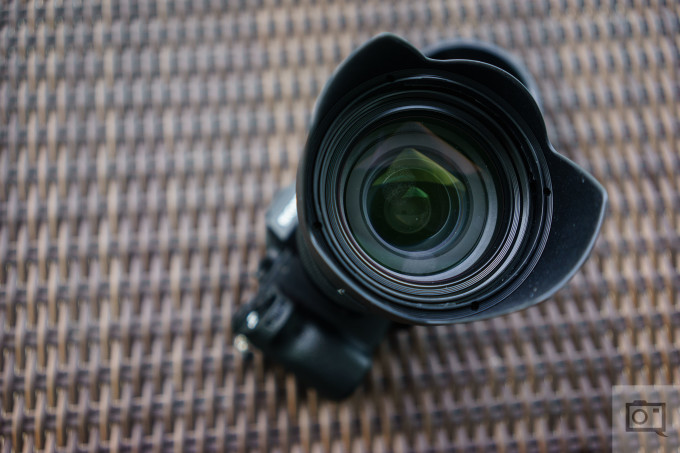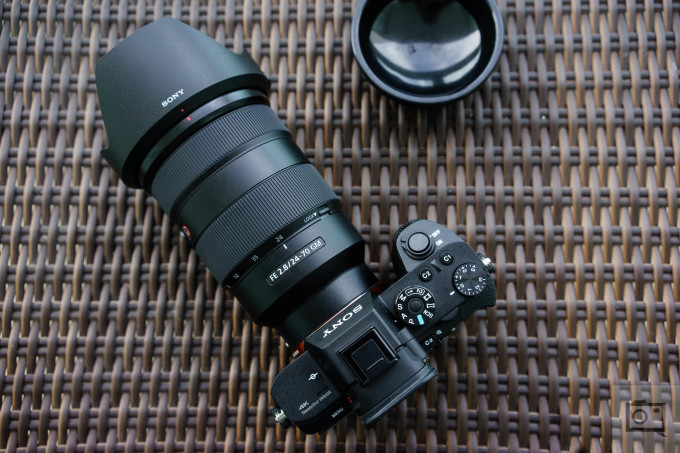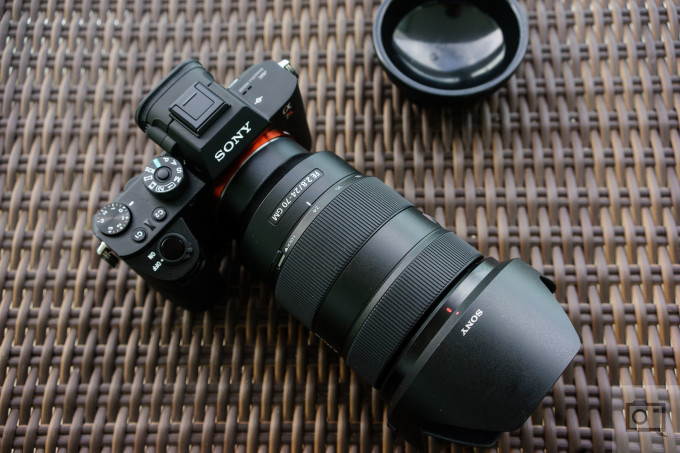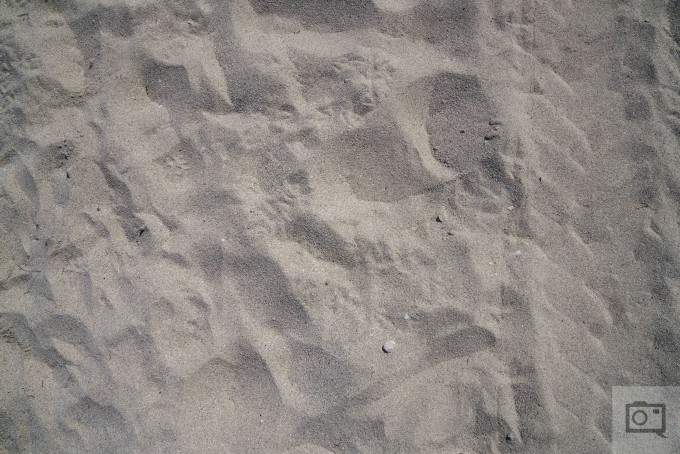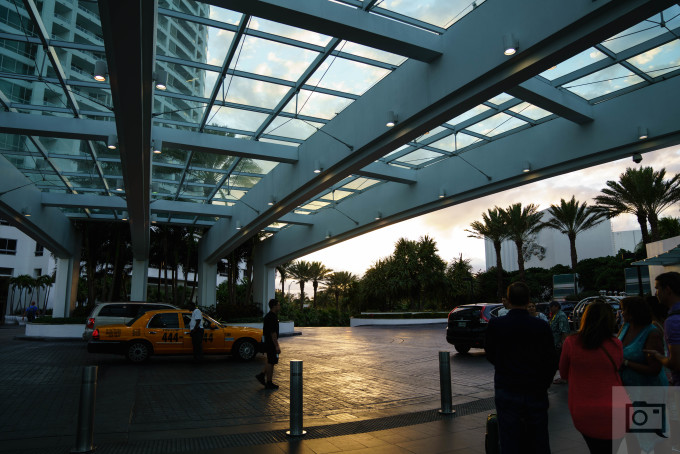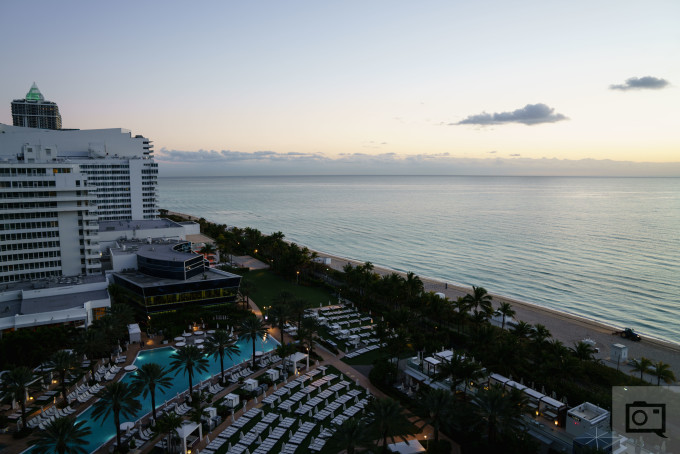Last Updated on 03/14/2016 by Chris Gampat
I’ve never been a fan of zoom lenses, but in the most recent years a bunch of pretty exceptional ones have been popping up: the Sony 24-70mm f2.8 G Master lens is amongst those. For $2,198 you’re getting the classic equivalent for photojournalists for a mirrorless camera body, fast focusing, some of the best weather-sealing that Sony has created to date, and spectacular image quality.
But besides having one of the funniest names in the world, the price which only true professionals would stomach (or those of you with super deep pockets) you should also keep in mind that this lens is pretty darn heavy. In fact, it didn’t feel balanced with any of the Sony A7 camera bodies that I used on a recent trip to Miami with Sony.
But one thing is for sure: the versatility is there despite for me, it isn’t quite hitting the spot so far (pun intended.)
Tech Specs
Tech specs taken from the Adorama listing
- Lens Mount
- Sony E-mount
- Format
- 35mm full frame
- Compatability
- E-mount 35mm Full Frame
E-mount APS-C cameras - Focal Length (mm)
- 24-70mm
- 35mm Equivalent Focal Length (APS-C)(mm)
- 36-105mm
- Lens Construction (Groups, Elements)
- 13 groups, 18 elements
- Aspherical Lenses
- 3 aspherical (1 XA)
- Extra-low Dispersion Glass
- 2 (1 Super ED glass/ 1 ED glass)
- Coating
- Nano AR Coating
- Maximum aperture (F)
- f/2.8
- Number of Aperture Blade
- 9 circular
- Circular Aperture
- Yes
- Minimum focus distance (m)
- 0.38m
- Maximum Magnification Ratio (x)
- 0.24x
- Lens Motors
- Direct Drive SSM
- Filter Diameter (mm)
- 82mm
- Hood Type
- Petal shape, bayonet type
- Dust and Water Resistant
- Yes
- Dimensions (DxL)
- Approx. 3.45 x 5.35″ (87.6 x 136mm)
- Weight
- 31.50 oz (983g)
Ergonomics
The Sony 24-70mm f2.8 G Master lens is one that is designed to appeal to the person that needs a constant aperture walkabout lens or for the professional. These lenses are the bread and butter of many wedding photographers, photojournalists and working photographers in general. The best I’ve tested are from Tamron and Tokina–with the latter really impressing me.
Much of the lens is characterized by giant rubber rings which have a lot of texture on them. Additionally, there is metal body sections, a zoom range scale, and the 24-70mm branding on top. Without the lens hood, it’s a much smaller package. Though if you get a lens like this, I’d make sure that you use the hood to protect it.
This lens isn’t like the variations from Canon and Nikon. At its widest, the lens is compacted while at its longest, the lens is extended. This is the opposite from the big two companies.
With much of Sony’s system, the controls are on the cameras themselves. But here, you’ll get an AF/MF switch on the side of the lens body. You’ll also get a focus lock button.
Of course, this wouldn’t be a G Master lens without you being able to find the little G moniker on the body.
The front of the lens has a giant 82mm filter thread to accommodate to an equally giant filter. Keep this in mind if you shoot landscapes or with manual flashes and need an ND filter.
Build Quality
This is one of Sony’s more solidly built lenses; and for the price point it really should be. The G Master lenses have actual weather-sealing that you can feel towards the end of the mount. Like some of the Zeiss glass, there is a rubber ring to keep out dust and moisture. While Sony isn’t sure just how much abuse it can really take, Gordon Laing and I went for a stroll on the beach with the lens. It endured any pressures with no problems and at no point did I feel that it couldn’t handle the sand flying about.
However, this lens is very heavy and not balanced with the camera body. You may need to add in an extra grip to the bottom, but even then the center of balance is around the text that says FE 24-70mm. When you add all this though, you’re essentially negating the point of a mirrorless camera.
Using it with a wrist strap becomes tiresome, as does having it on your hip with a Peak Design Capture Clip Pro.
Ease of Use
It’s a lens; so you’re just slapping it onto the camera, focusing, and shooting to your heart’s content. But you also should be wary of the AF/MF switch. At one point I accidentally switched it MF and was wondering for a good two minutes what the heck was happening with my autofocus.
Autofocus
The autofocus with this lens and the Sony a7r II was quite good during my initial test run. The combination worked well together in most situations. Interestingly enough, it didn’t really suffer in low light, but instead in strong backlit situations.
Image Quality
Here are some of my initial image samples.
There is a bit of purple fringing but that can EASILY BE REMOVED IN LIGHTROOM.
Seriously kids, don’t panic. If clicking a couple of times in Lightroom is what you’re complaining about then consider getting some professional help. If the fringing were horrible to the point where you can’t work with the file, then that would be another thing. But this isn’t that bad.
The colors from this lens don’t look very typical Sony; instead they’re a cross between both Sony and Canon. For those of you who don’t typically like Sony’s usually super saturated looks, this lens may be a breathe of relief.
At the wider end, you’re not going to get much bokeh even with the 9 aperture blades. It surely isn’t the 85mm’s 11 aperture blades.
Using this lens with a flash is what really impressed me (as always.) More on that soon.
When a flash is used, a lens is really tested. The image above and the ones below all involved the use of a flash. Here you get the best sharpness due to the specular highlights, a true color test due to more ideal lighting conditions and so much more. So far, the lens is doing very well, though I’m not sure it’s standing out very much from the rest.
First Impressions
The Sony 24-70mm f2.8 G Master lens has a lot going for it. But it will require more testing; and I’m still waiting on my review unit. More will come soon.


